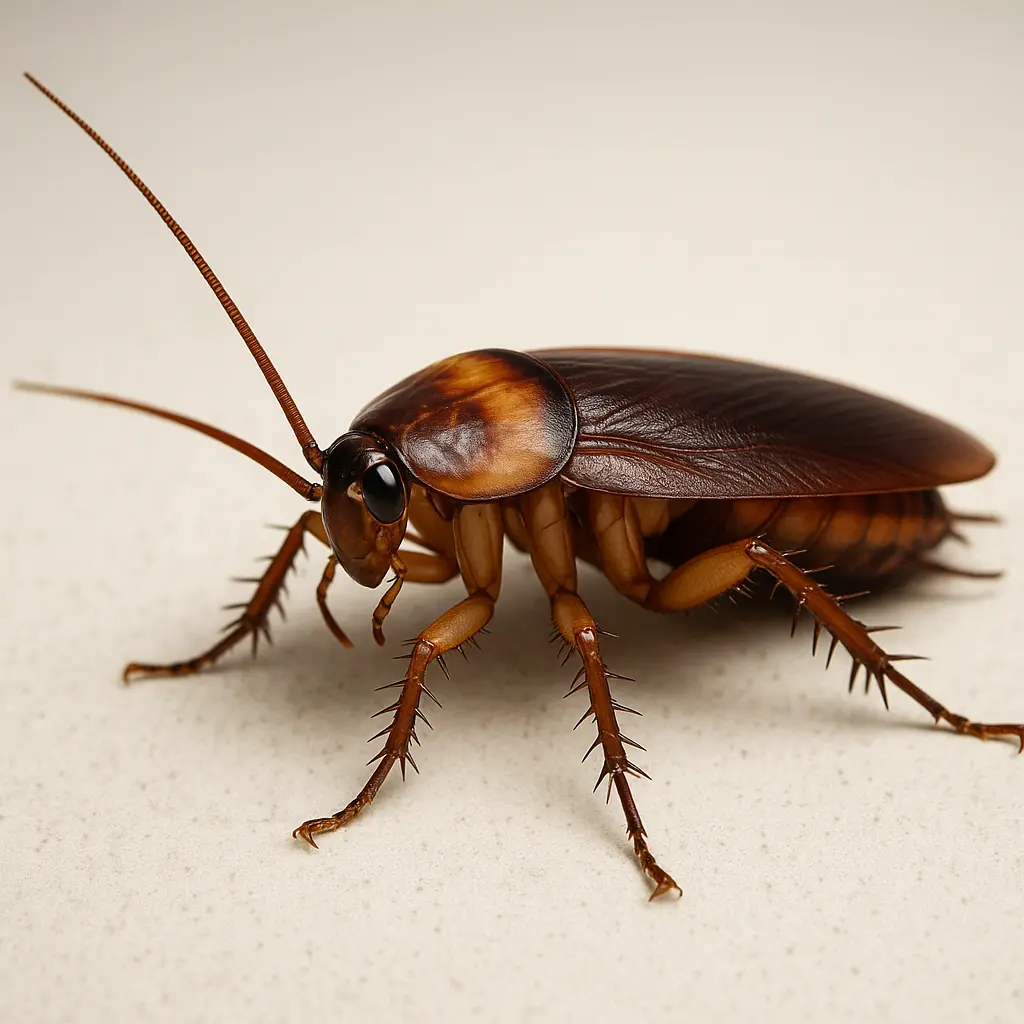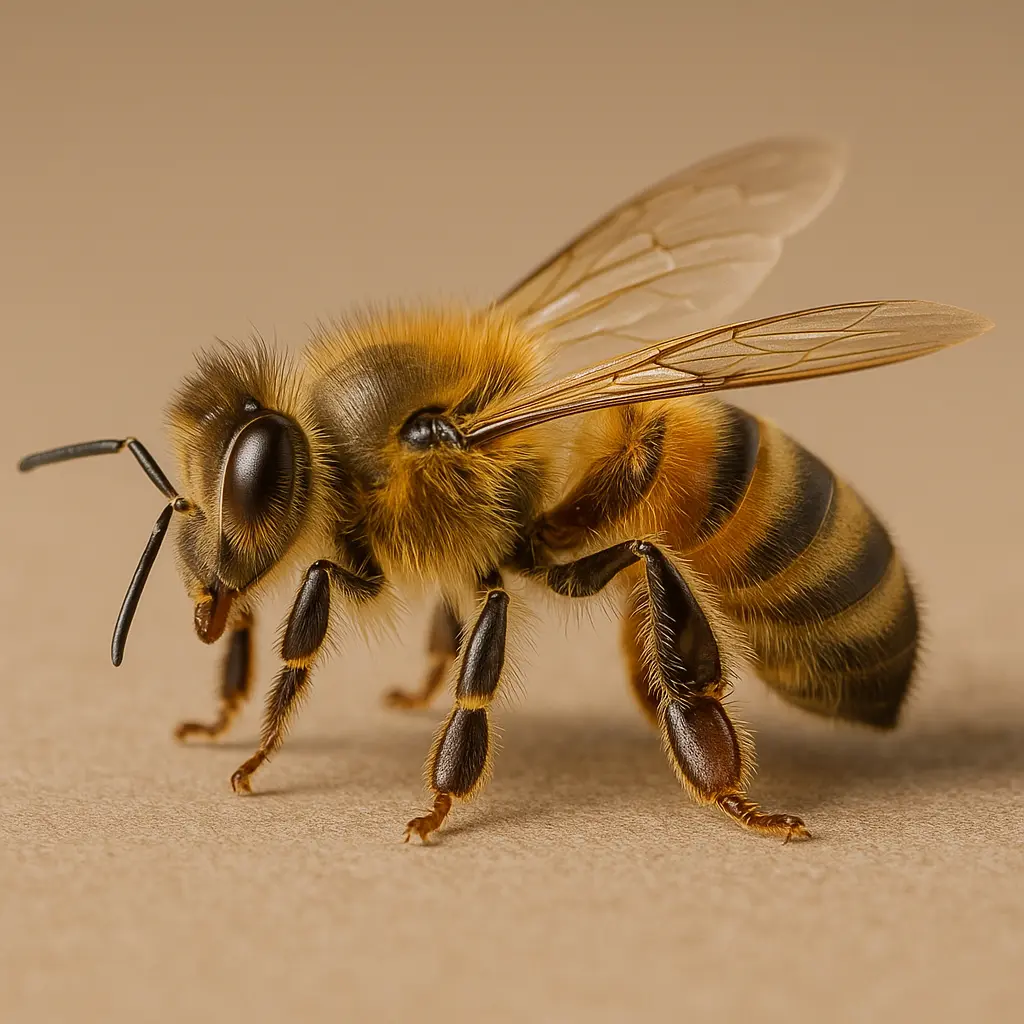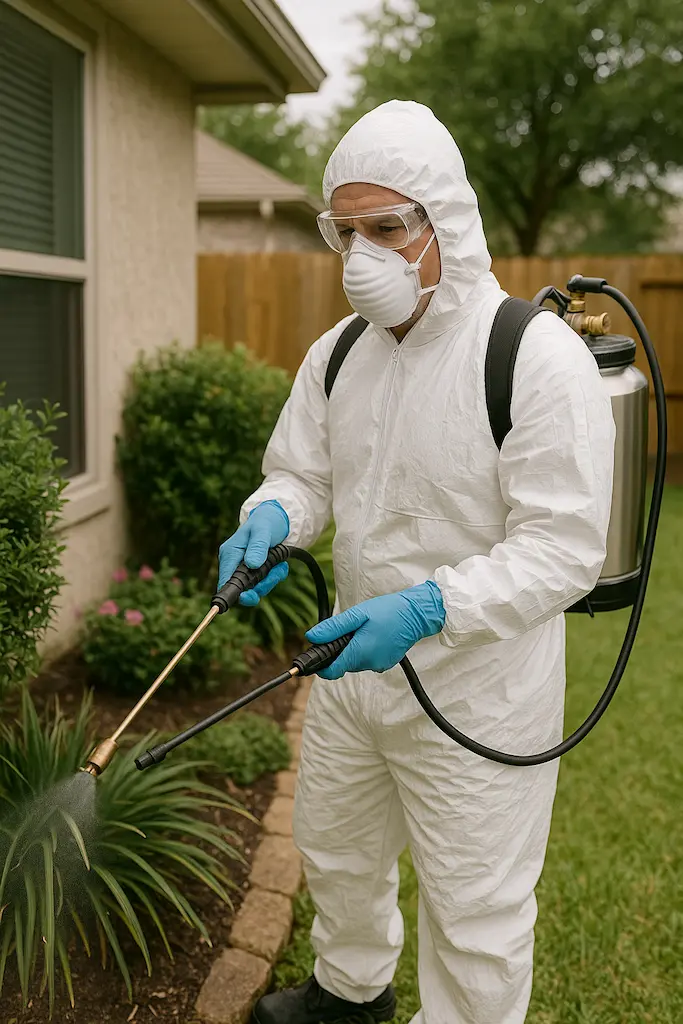1. Mosquito swarms
Every summer I walk into yards where families can't even enjoy a barbecue because mosquitoes take over. Most people are shocked to learn that it isn't the neighbors' property or the nearby woods that cause the worst swarms - it's often something small and overlooked right at home: a clogged gutter, a forgotten bucket, or a bird bath left full. Those puddles are the perfect breeding ground. Draining standing water weekly makes a bigger difference than any spray from the store. For larger water features like ponds, mosquito dunks are safe and effective. But when the infestation is already so heavy that kids can't play outside without bites, that's when a professional yard treatment is the fastest relief. Talk to a pest control expert and get your yard back this summer.
2. Ant invasions
Ants are smarter than they look - I've seen them form trails through spotless kitchens, heading straight for a single sugar jar or a crumb left overnight. Homeowners often start with cleaning and sealing food, which helps, but it doesn't solve the root of the problem. Ant colonies usually live outdoors, hidden under patios, sidewalks, or in the soil around the foundation. Bait stations placed at entry points can reduce activity indoors, yet if you don't eliminate the outdoor nests, the ants will regroup and return within days. In neighborhoods where hot weather pushes ants inside for moisture, I've watched the cycle repeat again and again until we treated the source. Contact our local pest control team to stop the colony before it spreads further.

3. Wasps and hornets
I always tell homeowners: check your eaves and decks early in the season. A small paper nest in May is easy to remove. By July, it can turn into an aggressive colony. For big nests - especially near play areas - don't risk it. Call someone with the right protective gear and treatment.
Wasps and hornets are more than just a nuisance - their stings can be painful and even dangerous for children, pets, or anyone with an allergy. Nests are often hidden in gutters, sheds, attics, or even underground. By the time you notice heavy activity around your porch or backyard, the colony may already have hundreds of insects.
The safest option is to let trained professionals handle removal with the right equipment and protective suits. If you live in San Jose, our local pest control team can inspect and safely eliminate nests before they become a real hazard. We provide same-day response in most neighborhoods, so you can enjoy your yard without fear of sudden stings.
For more information about health risks from stinging insects, the CDC insect safety guide is a trusted external resource.
4. Roaches in kitchens
Roaches don't care how clean your house looks - I've walked into brand-new apartments and spotless suburban kitchens only to find them crawling behind appliances. All they need is a little moisture from a leaking pipe or a dark corner to hide in. Fixing leaks quickly, sealing food in tight containers, and doing a deep clean under stoves and fridges are the first steps every homeowner should take. Gel baits and sticky traps can keep small problems under control, but once roaches move into the walls or spread through cabinets, DIY solutions rarely last. According to the U.S. Environmental Protection Agency, cockroach infestations can even trigger allergies and asthma in children. If you see them coming back again and again, schedule a professional inspection before the infestation spreads further.
5. Fleas and ticks
In homes with pets, I see this every single summer. Fleas hide deep in carpets, sofas, and even in the cracks of hardwood floors. Ticks often arrive on dogs after a walk in tall grass or wooded trails and then spread quietly through the home. What many pet owners don't realize is that fleas can survive in empty houses for weeks, waiting for the next warm body to jump on.
Vacuuming carpets daily, washing pet bedding in hot water, and using veterinarian-approved spot treatments are the basics. Outdoors, trimming tall grass, removing yard debris, and keeping play areas clean dramatically reduce hiding places. But once the flea cycle has spread through the home, a whole-house treatment - carpets, furniture, and pet resting areas - is usually the only way to break the infestation.
Ticks are not only uncomfortable but also a real health risk: they can transmit Lyme disease and other illnesses. The U.S. Environmental Protection Agency flea and tick guide offers practical safety information about protecting pets and families from these pests.
If you live in San Jose and notice scratching pets, red bite marks, or ticks after outdoor activities, don't wait until it gets worse. Our local pest control team provides safe, same-day flea and tick treatments designed to protect both pets and families, with long-term prevention plans to stop the cycle from returning.
6. Termite activity
Summer is when termites do the most damage. I've found mud tubes running up basement walls and hollow-sounding wood in living rooms. These signs mean the problem is active and spreading. The best defense is regular professional inspections - waiting too long makes repairs expensive.

7. Flies indoors
Flies are one of the most common summer complaints I hear from homeowners, and for good reason - once they get inside, they multiply fast and become a constant nuisance. Most indoor fly infestations don't start from nowhere; they usually trace back to overlooked spots like garbage cans, recycling bins, compost piles, or dirty kitchen drains. In hot weather these areas become perfect breeding grounds, and within days you can see swarms gathering around windows and lights. Regularly cleaning and sealing trash cans, rinsing out bottles before recycling, and keeping drains flushed with hot water can cut down fly populations dramatically. For persistent issues, adding window screens, sealing small gaps, and using UV light traps or sticky ribbons can provide quick relief. But if you're noticing flies coming back week after week, it often means there's a hidden source you haven't found yet. Reach out to a pest control professional to identify the breeding site and stop the cycle for good.
What I recommend to every homeowner
Some of these problems you can handle on your own with the right routine. But if you're dealing with termites, large infestations, or pests that keep coming back, don't wait until it gets worse. A certified pest control professional can identify the source, apply safe treatments, and give you peace of mind through the whole summer season.
